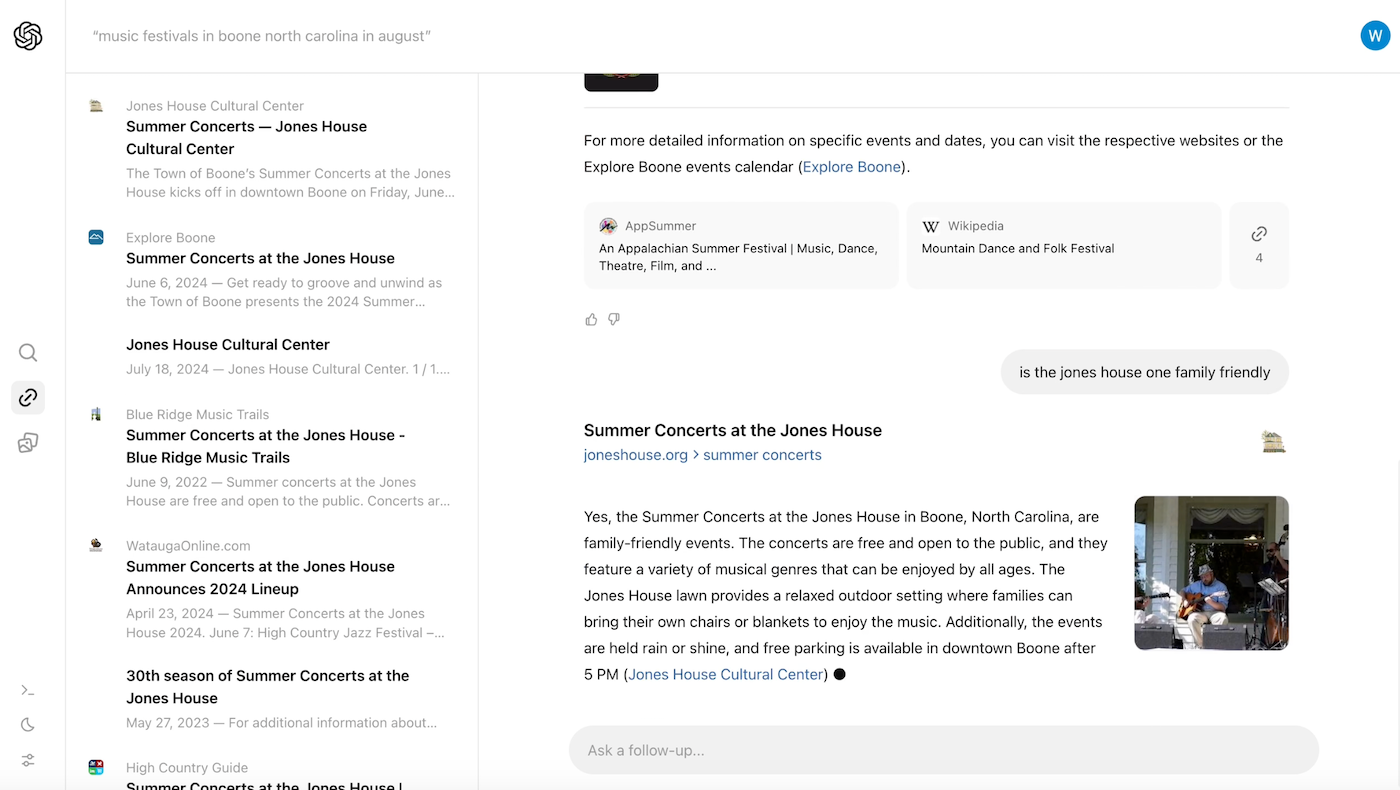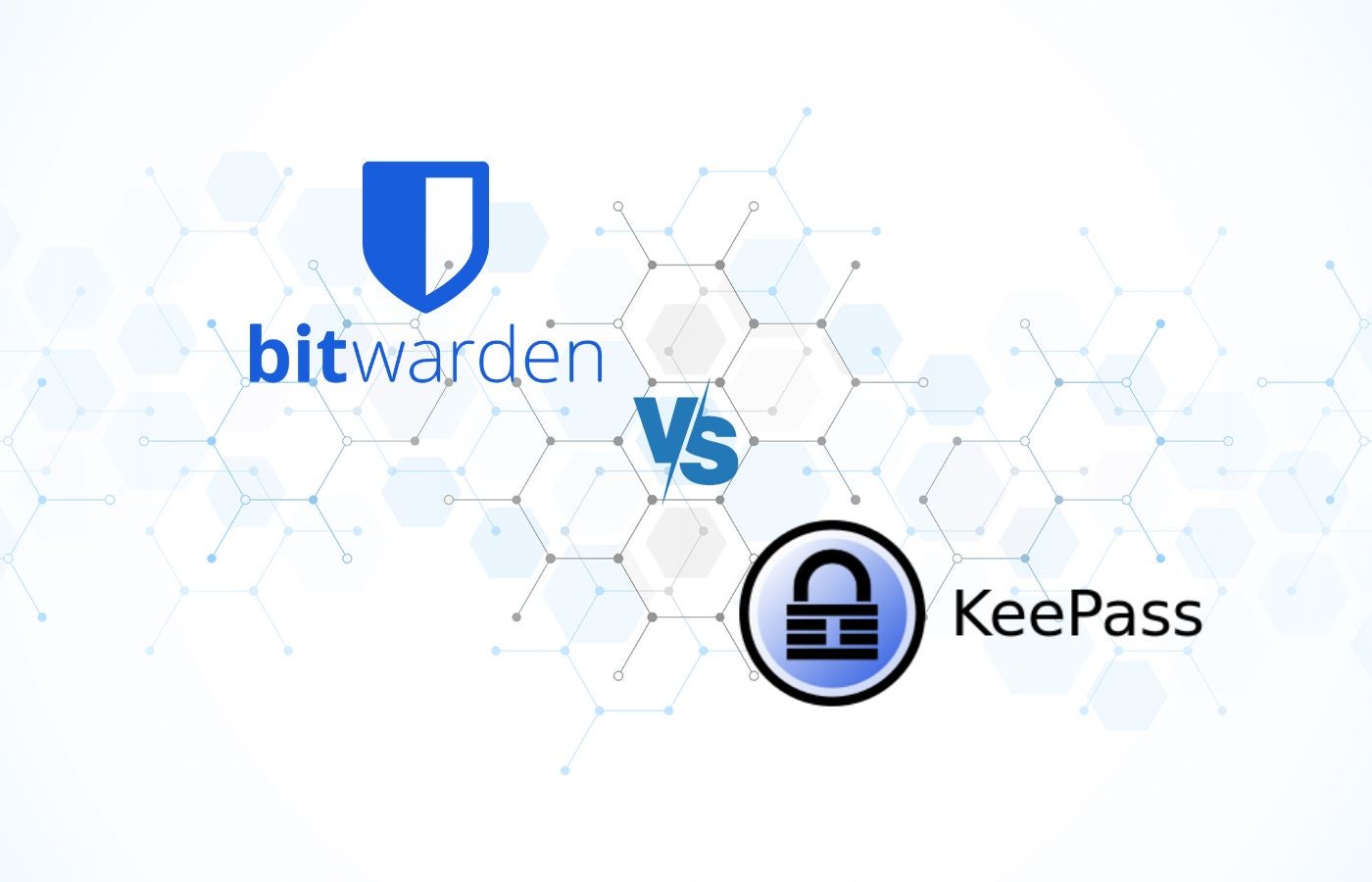Last week a 28-point “peace plan” for the war between Russia and Ukraine came to light. It apparently took place in Miami during cocktails by President Trump's son-in-law Jared Kushner, Trump's special envoy Steve Witkoff, and Witkoff's Russian counterpart Kirill Dmitriev.
Many critics immediately derided it as a “Russian wish list.”
That was before we discovered that the leaked version (probably by Dmitriev) had literally been poorly translated from Russian. In a closed-door session with senators, Secretary of State Marco Rubio even described He described it as a “wish list for the Russians” and “not an administration plan.” On his way to Geneva for peace talks, Rubio scrambled deny that he ever said that.
But all of that is apparently moot now. What seems to have happened, in the midst of all the chaos, is that Rubio had snatched the Ukraine portfolio from Witkoff. On Tuesday, Rubio revealed that there is a completely new plan anyway.
This is good news, because the original plan was not best for the United States.
I believe American foreign policy should put America first. But I do not subscribe to the “America First” foreign policy, because that is a label that is applied to everything Trump wants, whether in his personal interest or that of the country.
People who embrace the “America First” slogan generally believe that helping Ukraine is not in the United States' interest. I think they are wrong.
Because Vladimir Putin's Russia is the enemy of the United States.
This isn't as controversial as you might think if you only get foreign policy analysis from MAGA influencers on social media. Russia allies itself with our adversariesin China, America and the Middle East. This policy is deeply rooted in Russian history and President Putin's nostalgia for Russian “greatness.” But if it matters, there is also a doctrine behind this, the Primakov Doctrinewhich maintains that Russia should do everything possible to limit and contain the United States and NATO.
Russia has been joking in the internal affairs of the United States and its allies during nearly to century. In recent years he allegedly manipulated electrical grids, elections and cyber systems. He financed the psychological operation campaigns — wearing useful idiot influential people and willing volunteers alike, to bomb racism, anti-Semitism and sinister conspiracy theories in domestic politics here and abroad. “The Russian Federation is the most important and direct threat to the security of the Allies and to peace and stability in the Euro-Atlantic zone.” according to NATO.
If you are of a more idealistic bent, Russia It is also a murderous authoritarian regime that oppresses its own people and punishes its neighbors with heinous war crimes.
In short: they are the bad guys.
That is why there is a compelling moral argument to help Ukraine resist a brutal, lawless invasion that has claimed perhaps a million lives and resulted in the kidnapping of tens of thousands of Ukrainian children for brainwashing. Our national honor is also at stake, given that the United States encouraged Ukraine to give up its nuclear weapons in exchange for “security guarantees” in the Budapest Memorandum of 1994. Legally, guarantees are not “guarantees,” but they are also nothing.
Put aside morality and national honor. A cold, pro-America-first strategist might argue that the massacre of Ukrainian troops – and civilians – is in our interest if it comes at the cost of bleeding Russia's military, economy, and global prestige.
No, we should not send American troops to fight Russia. This is a straw man raised by those who oppose helping Ukraine. But weapons? Intelligence? Why not? Many of NATO's weapons were built for the purpose of fighting Russia. If Ukraine can use them for that purpose, it will be the best of both worlds. This leaves out the fact that we can (and do) sell many of these weapons, either to Ukraine or to our European allies, who then transfer them.
And it has been working. Russia did not have the bandwidth to save its puppet regime in Syria. He also did not and could not come to the rescue of Iran, Hamas or Hezbollah. The Russian economy is a disorderwith inflation close to double digits despite incredibly high interest rates.
And yet, this original “peace agreement” rescue Russia, ceding territory (including all of Donbas) that it has not been able to win militarily. It would provide Russia with sanctions relief, invite it back to the G8, and hinder Ukraine militarily and politically. It describes the United States as a “mediator” between Russia and NATO, even though NATO is an alliance created and led by the United States. There is no greater strategic objective for Russia than to divide the United States from its NATO allies. All this in exchange for the “expectation” that Russia would not invade Ukraine again later.
Hopefully Rubio has come up with something that is more in the interest of the United States and less in that of Russia.
UNKNOWN: @JonahDispatch
Perspectives
Perspectives from the LA Times offers AI-generated analysis of Voices content to provide all points of view. Insights does not appear in any news articles.
point of view
Perspectives
The following AI-generated content is powered by Perplexity. Content is not created or edited by the Los Angeles Times editorial staff.
Ideas expressed in the piece.
-
The 28-point peace plan that emerged was essentially a Russian wish list that appeared to have been leaked by the Russian side, likely a poorly translated version that originated from the drafting of Trump's son-in-law Jared Kushner, special envoy Steve Witkoff and his Russian counterpart Kirill Dmitriev in Miami.
-
Russia represents the main adversary of the United States, is allied with China and Middle Eastern actors, and has historically followed the Primakov Doctrine to limit American and NATO influence.
-
Helping Ukraine resist Russian invasion aligns with genuine American strategic interests because it degrades Russia's military capability, economy, and global standing without requiring American troops on the ground, as weapons and intelligence support enable Ukrainian forces to achieve this goal.
-
The original plan did not serve American interests by ceding territory that Russia had not secured militarily, easing sanctions on Russia, inviting Russia to return to the G8, and positioning the United States as a mediator between it and NATO, which directly serves Russia's strategic goal of dividing the United States from its allies.
-
The plan's security guarantees for Ukraine amounted only to weak “expectations” that Russia would refrain from future invasions, lacking the binding commitments necessary to prevent new aggression against a country that had surrendered its nuclear weapons in exchange for American guarantees under the 1994 Budapest Memorandum.
-
Secretary of State Marco Rubio's private characterization of the original plan as a “wish list for the Russians” and “not the administration's plan” reflected fundamental flaws in the framework before the administration developed a revised approach.
Different points of view on the subject.
-
The Kremlin has expressed openness to the proposal as a potential basis for peace negotiations; Russian President Vladimir Putin said the plan “could form the basis for a final peace agreement” and Kremlin officials indicated they would examine it closely as a framework for talks.[2]
-
A new attempt by the United States to broker peace between Russia and Ukraine has raised new hopes of ending Europe's biggest war, with diplomatic efforts advancing on multiple fronts.[3]
-
The revised peace framework that emerged through diplomatic channels won Ukrainian acceptance on key points, with Ukraine's national security adviser indicating that a common understanding had been reached and that only minor details remained to be resolved, suggesting that the plan offered conditions within which the Ukrainian government could work.[4]
-
Parts of the proposal included provisions less favorable to Russia, such as the liquidation of frozen Russian assets to finance the reconstruction of Ukraine under American leadership and the creation of a special investment mechanism, indicating that the framework contained reciprocal elements rather than exclusively serving Russian interests.[1]












